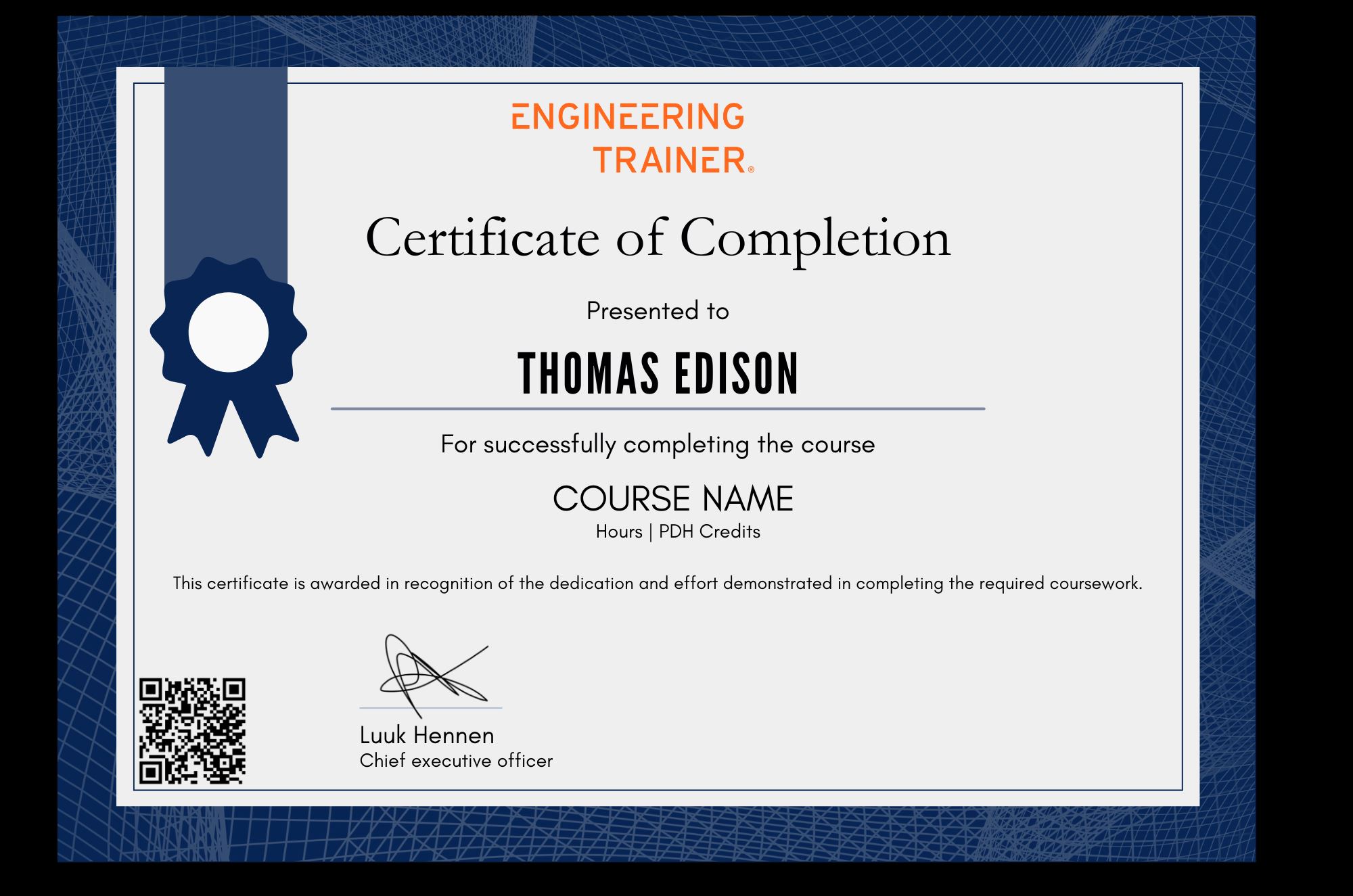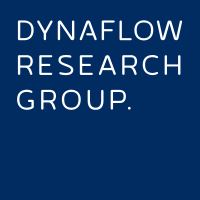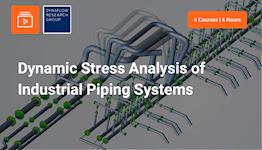Acoustic and Flow Induced Vibrations (AIV, FIV) in Industrial Systems
Acoustic and Flow Induced Vibrations (AIV, FIV) in Industrial Systems
About the course
Acoustic Induced Vibrations (AIV) and Flow Induced Vibrations (FIV) can cause piping systems to vibrate potentially resulting in fatigue failure. These excitation mechanisms are non-linear and strongly influenced by system settings such as valve openings and fluid velocity. Therefore, it can be difficult to predict the presence in new systems or the best remedial action in existing systems.
In this learning path you will come to understand the physical concepts of both excitation mechanisms in detail and gain knowledge on strategies to overcome associated vibration issues in the field and reduce the risk when designing new systems. Next to relevant theory, high risk systems and codes & standards, a multitude of real-life cases is discussed including methods for trouble shooting AIV and FIV issues.
The learning path consists of 4 online courses based on video content.
This is your partner
Learning Outcomes
After these courses, you...• Have a good understanding of the physical phenomena associated with AIV and FIV,
• Know how to approach AIV and FIV issues in the field,
• Are able to identify the risk of AIV and FIV for new systems,
• Know Codes and Guidelines that are relevant when evaluating AIV and FIV,
• Have seen a multitude of real-life cases.
Who should attend this course
• Engineers and technicians involved with solving vibration issues in existing piping systems.• Process and Piping engineers involved with designing new systems or maintaining existing systems.
Prerequisites
Basic understanding of piping systems is beneficial.Program & Details
-
Welcome
1. Welcome & Your Instructor
2. Course Introduction
3. Course Overview
4. How to use this course
5. Comments and Questions -
General Concepts
1. Dynamic Problems in Pipe Stress Analysis
2. Failure Examples due to Dynamic Loads
3. Types of vibrations: Non-periodic & Periodic
4. Types of vibrations: Non-harmonic & Harmonic
5. Pipe Rupture due to Fatigue Failure
6. Excitation Sources Causing Vibrations
7. Vibrational Sources
8. Flow & Unbalanced Forces in Piping Systems
9. Vibration Theory & SDOF
10. Dynamic Response & Harmonic Vibrations
11. Eigenmodes in Piping Systems
12. Relevant Codes for Dynamic Analysis -
Acoustic Induced Vibrations (AIV)
1. Course Introduction
2. Acoustically Induced Vibrations
3. Coupling Mechanism & Excitation
4. Coupling Mechanism & Modes
5. Coupling Mechanism & Peak Stresses
6. Codes & Guidelines for AIV
7. AIV Relations: Part 1
8. AIV Relations: Part 2
9. Detailed Analysis of AIV
10. AIV Mitigation Measures
11. AIV Overview
12. Course Outro -
Flow Induced Vibrations (FIV)
1. Course Introduction
2. FIT Excitations
3. FIT Fatigue
4. High Risk Systems
5. FIT Screening: Part 1
6. System Stiffness using BOSPulse
7. FIT Screening: Part 2
8. Criticality from Field Measurements
9. Detailed Assessments
10. FIT Mitigation Measures
11. PFIE Excitations
12. PFIE Screening
13. PFIE Mitigations
14. FIT & PFIE Overview
15. Course Outro -
Slug Flow and Cavitation
1. Course Introduction
2. Cavitation Basics & Flashing
3. Cavitation Advanced & Flashing
4. Slug Flow: Basics
5. Slug Flow: Advanced Considerations
6. AIV & FIV Example
7. Course Outro -
Final Notes & Certificate
1. Congratulations!
2. Course Evaluation
3. Course Certificate
Certification

Contact us to Learn More

Why choose EngineeringTrainer
-
Unlimited Team-wide Access
-
Advance Technical Competences
-
Courses by Industry Authorities
Since using EngineeringTrainer our internal mentorship has a much more matured character.
Logan Chapman - COO at Chapman Consulting Inc.






